
- Index
- Framing
- Material
- Size
- Subject
- Type
- Area Rug (52)
- Art (10)
- Billet (9)
- Bowie (14)
- Bowie Knife (11)
- Comic Book (26)
- Custom (9)
- Drawing, Sketch (10)
- Epoxy Resin Art (9)
- Figurine (74)
- Hunting (32)
- Painting (102)
- Photograph (28)
- Pocketknife (50)
- Quilt (10)
- Sculpture (24)
- Sports Trading Card (9)
- Statue (31)
- Table Lamp (33)
- Vase (13)
- Other (2931)
- Unit Of Sale
One Of A Kind King Tutankhamun chariot like the replica one in the museum
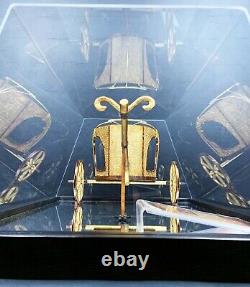
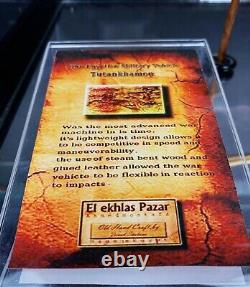
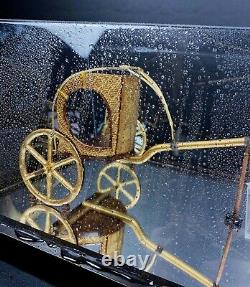
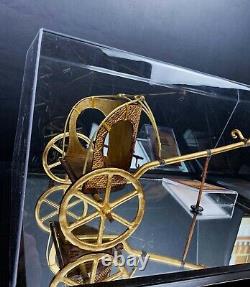
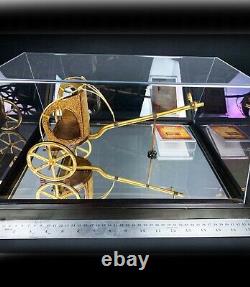
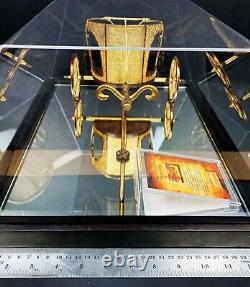
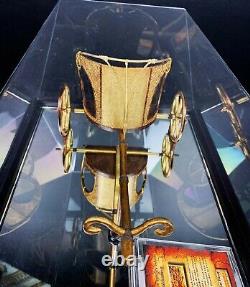
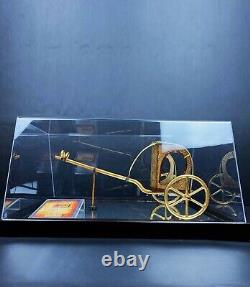
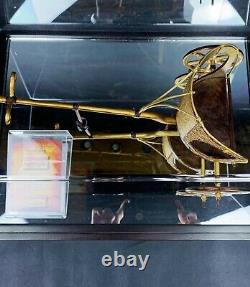


Your one of a kind king Tutankhamun chariot is like the original one in the museum in a glass box with a wooden base with the amazing details and beautiful gold leaf like the original one, Handmade in Egypt with the Egyptian hands and with the perfect Egyptian touching, Hurry up and pick this unique piece!! Specially made for KING TUT lovers. ONE OF A KIND PIECE!!!!! A VERY VERY UNIQUE PIECE!! Ancient sculpture replica from the original one, 100% Egyptian HAND MADE. Made from Glass Box and Wooden Base. King Tutankhamun ruled Egypt as pharaoh for 10 years until his death at age 19, around 1324 B. Although his rule was notable for reversing the tumultuous religious reforms of his father, Pharaoh Akhenaten, Tutankhamun's legacy was largely negated by his successors. After a few years on the throne the young king changed his religion, abandoned the Aten, and started to worship the god Amun [who was revered as king of the gods]. This caused him to change his name to Tutankhamun, or "living image of Amun".
How Did King Tut Die? There are many theories as to what killed King Tut. He was tall but physically frail, with a crippling bone disease in his clubbed left foot. He is the only pharaoh known to have been depicted seated while engaged in physical activities like archery.
Traditional inbreeding in the Egyptian royal family also likely contributed to the boy king's poor health and early death. After he died, King Tut was mummified according to Egyptian religious tradition, which held that royal bodies should be preserved and provisioned for the afterlife.
